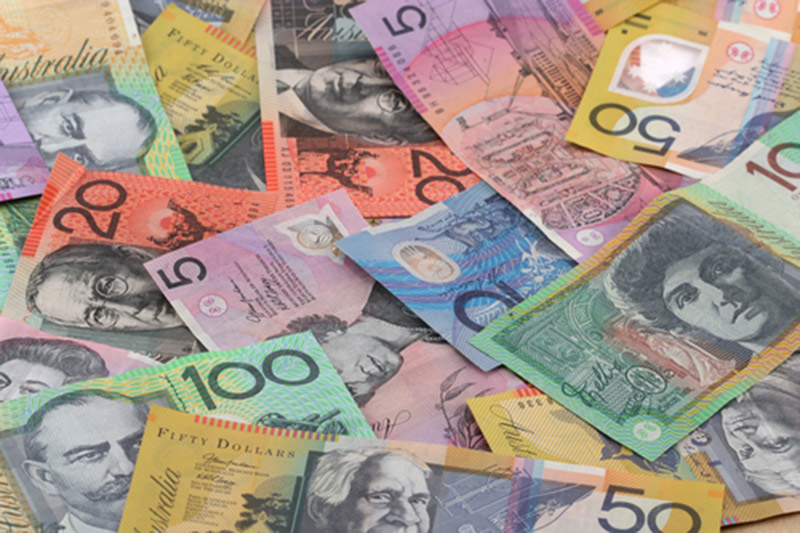Investing.com - The yen gained slightly on Tuesday and the Aussie fell as the outlook for regional growth came in focus.
USD/JPY changed hands at 119.96, down 0.06%, while AUD/USD traded at 0.7348, down 0.19%.
The Bank of Japan minutes from September saw some board members suggest consumer prices may fall in the year ended March with a close eye on oil prices.
As well, bank lending in Japan rose 2.6%, a slower pace than the 2.8% gain in August with firms cautious about implementing capex plans as seen in sluggish machinery orders amid slow domestic consumption and global growth.
Earlier, Reserve Bank of Australia Deputy Governor Philip Lowe welcomed a weaker Aussie, speaking Tuesday to the CFA Institute Australia Investment Conference at Sydney.
He repeated the RBA's recent messages that the fall in the Australian dollar is helping the economy re-balance away from mining investment.
Flexibility in the exchange rate is important, Lowe said.
"Depreciation over the past couple of years is playing an important role in helping the economy adjust to the wind down of the boom in mining investment," he said.
In Australia's NAB's business confidence survey for September reached plus-5 from an eapected plus-4 and the August level of plus-1. Business conditions came in at plus-9, the same as August.
In China comes the trade balance for September with a surplus of $46.7 billion seen. Imports are expected down 15% and exports down 6.3%.
The U.S. dollar index, which measures the greenback’s strength against a trade-weighted basket of six major currencies, was up 0.03% to 94.92.
Overnight, the dollar remained broadly lower against the other major currencies in subdued trade on Monday, as declining expectations for a U.S. rate hike before the end of the year continued to weigh on demand for the greenback.
Minutes from the Federal Reserve's September policy meeting, published on Thursday, showed that most policymakers thought an initial rate hike should still come this year and that financial market turmoil had not "materially altered" the outlook for the U.S. economy.
But the minutes also noted that recent global economic and financial developments may have increased the downside risks to the U.S. economy.
The minutes reinforced expectations that U.S. interest rates will remain on hold until well into 2016.
